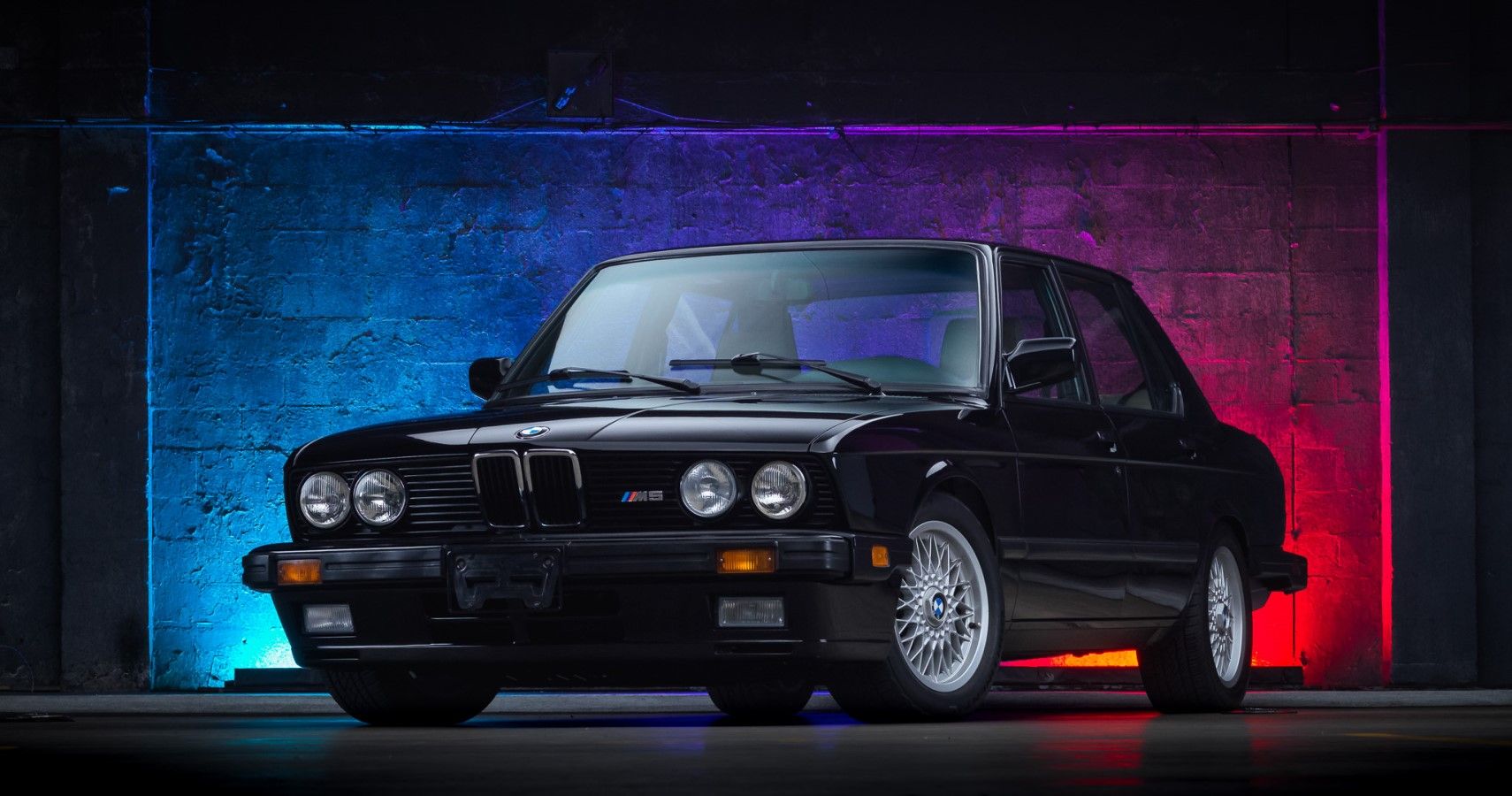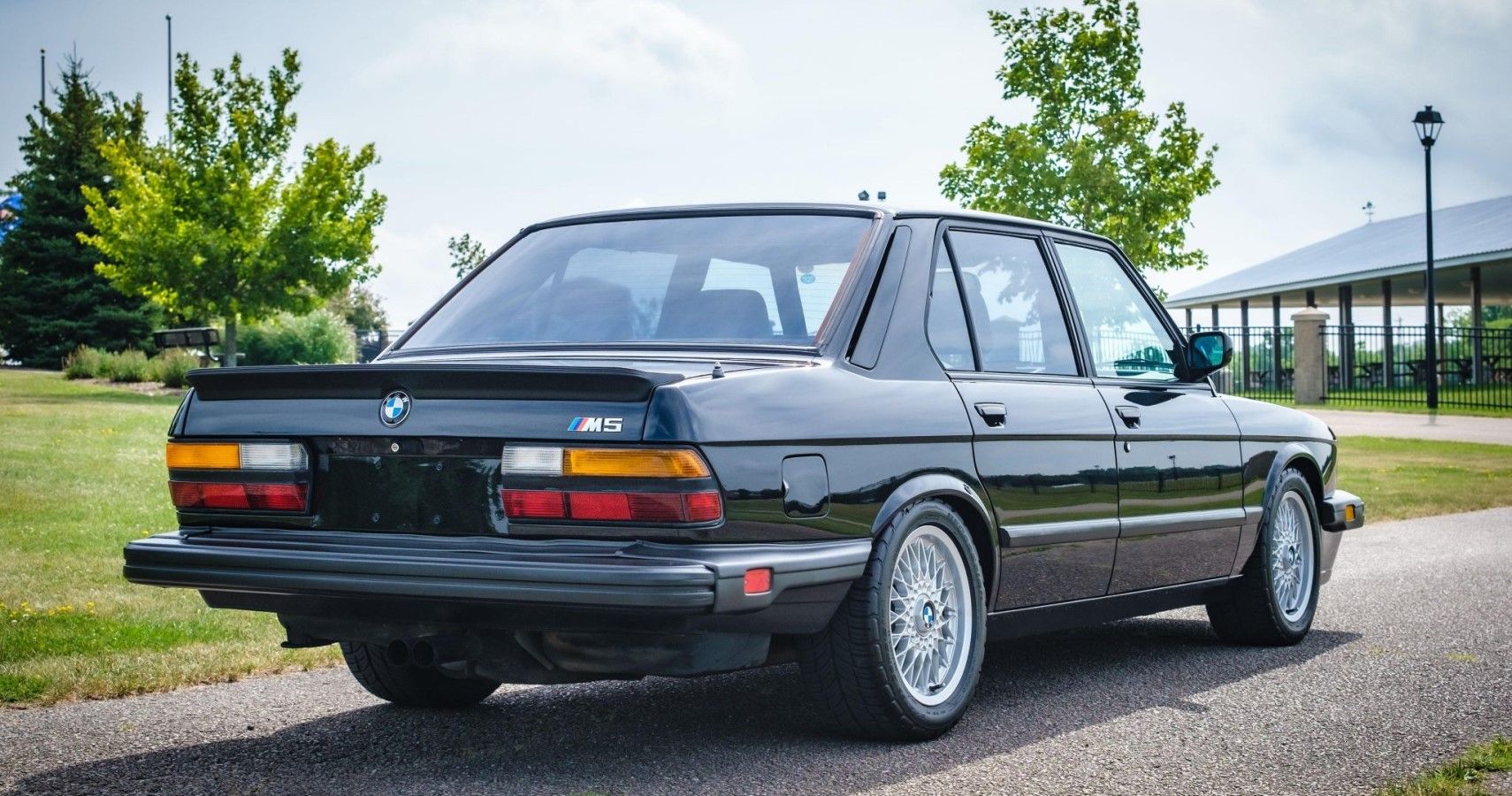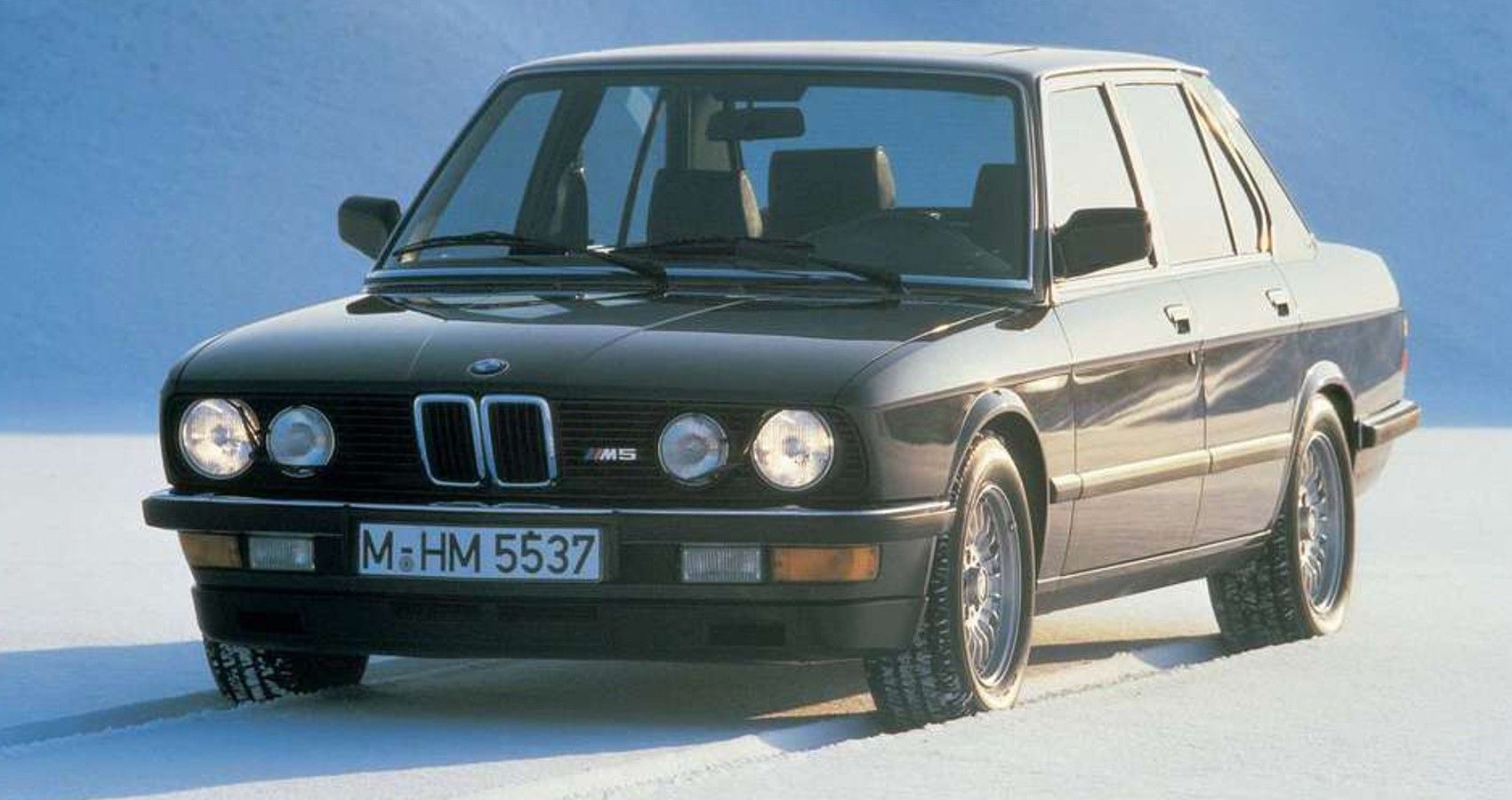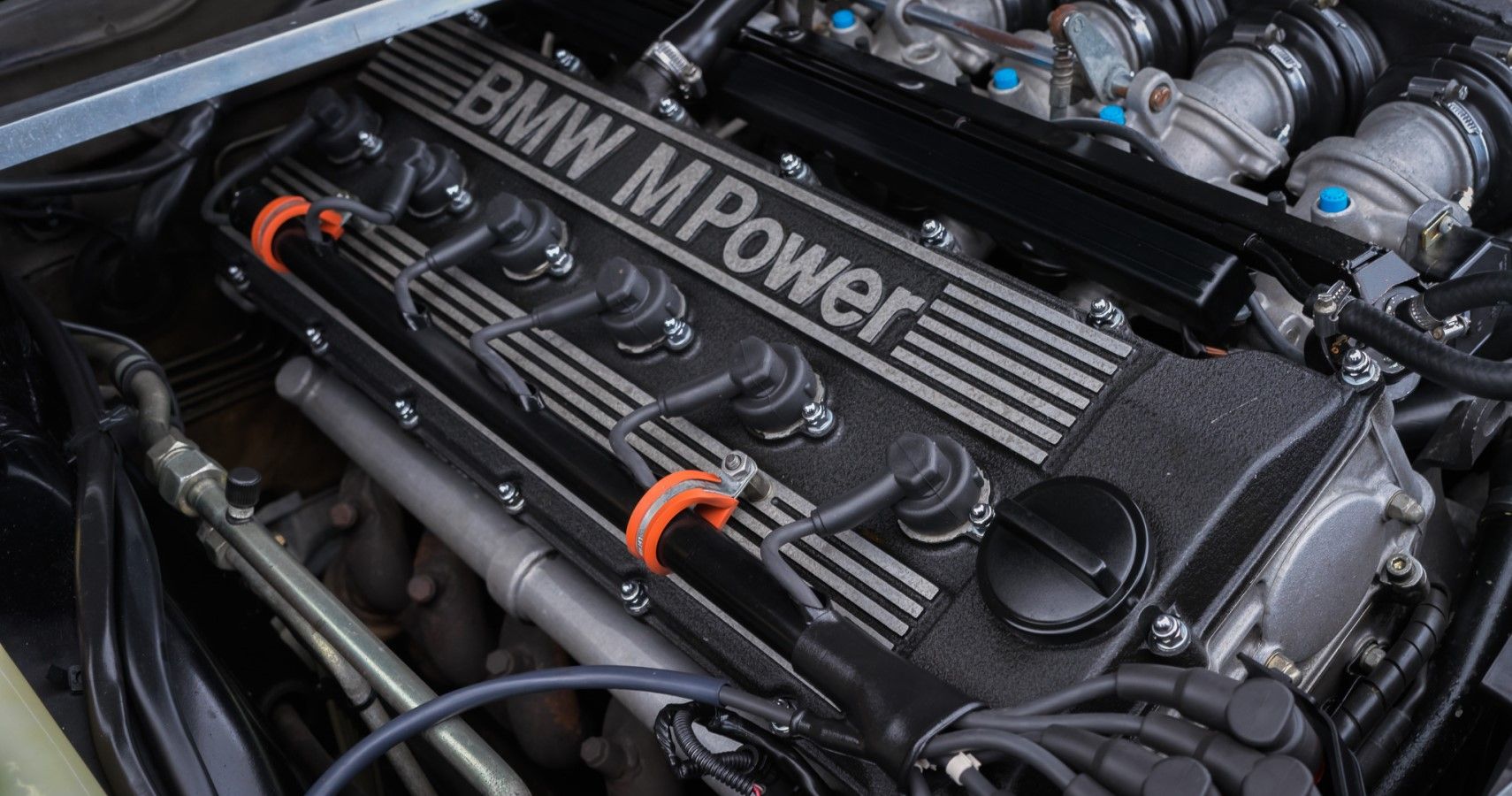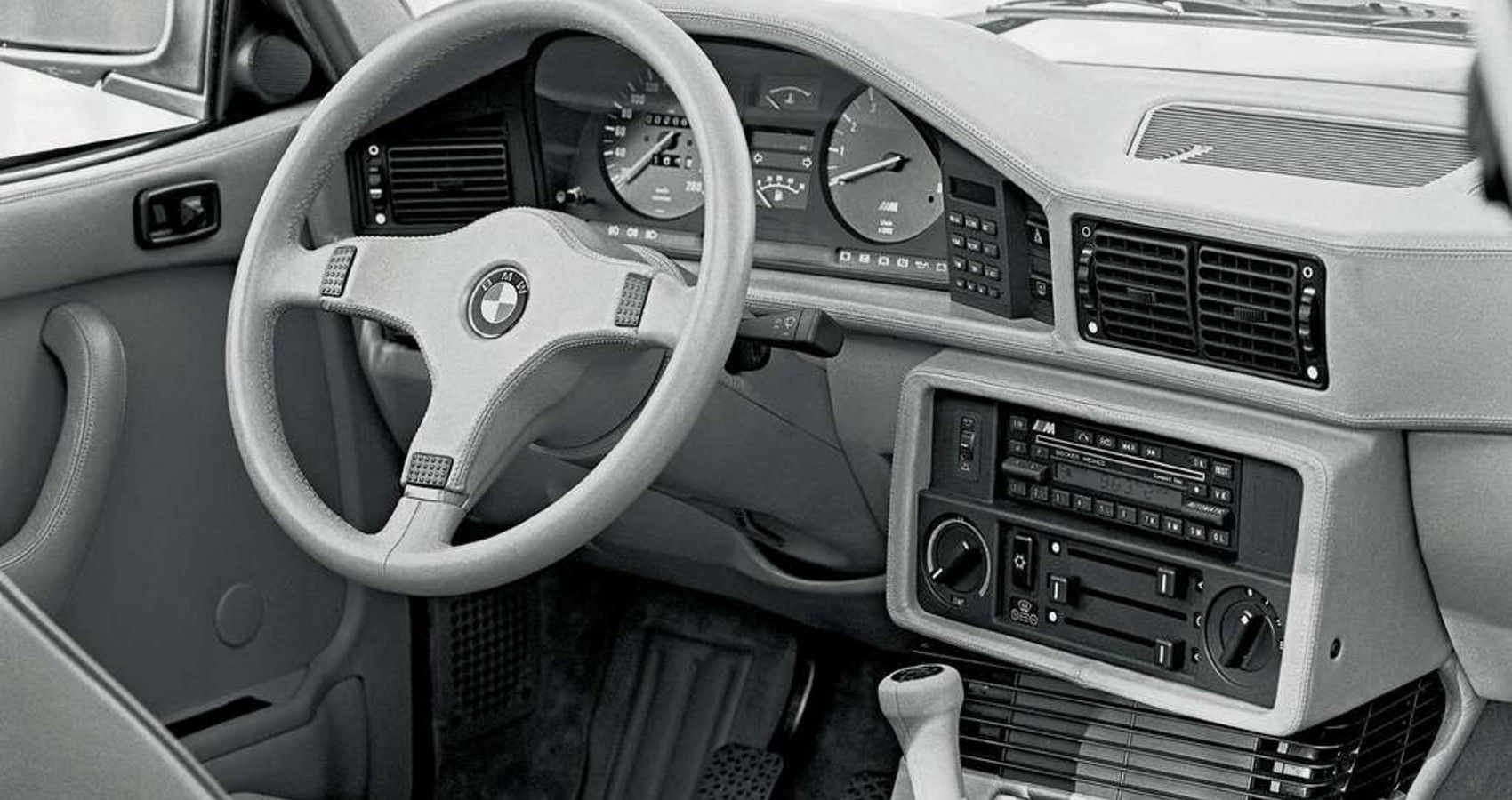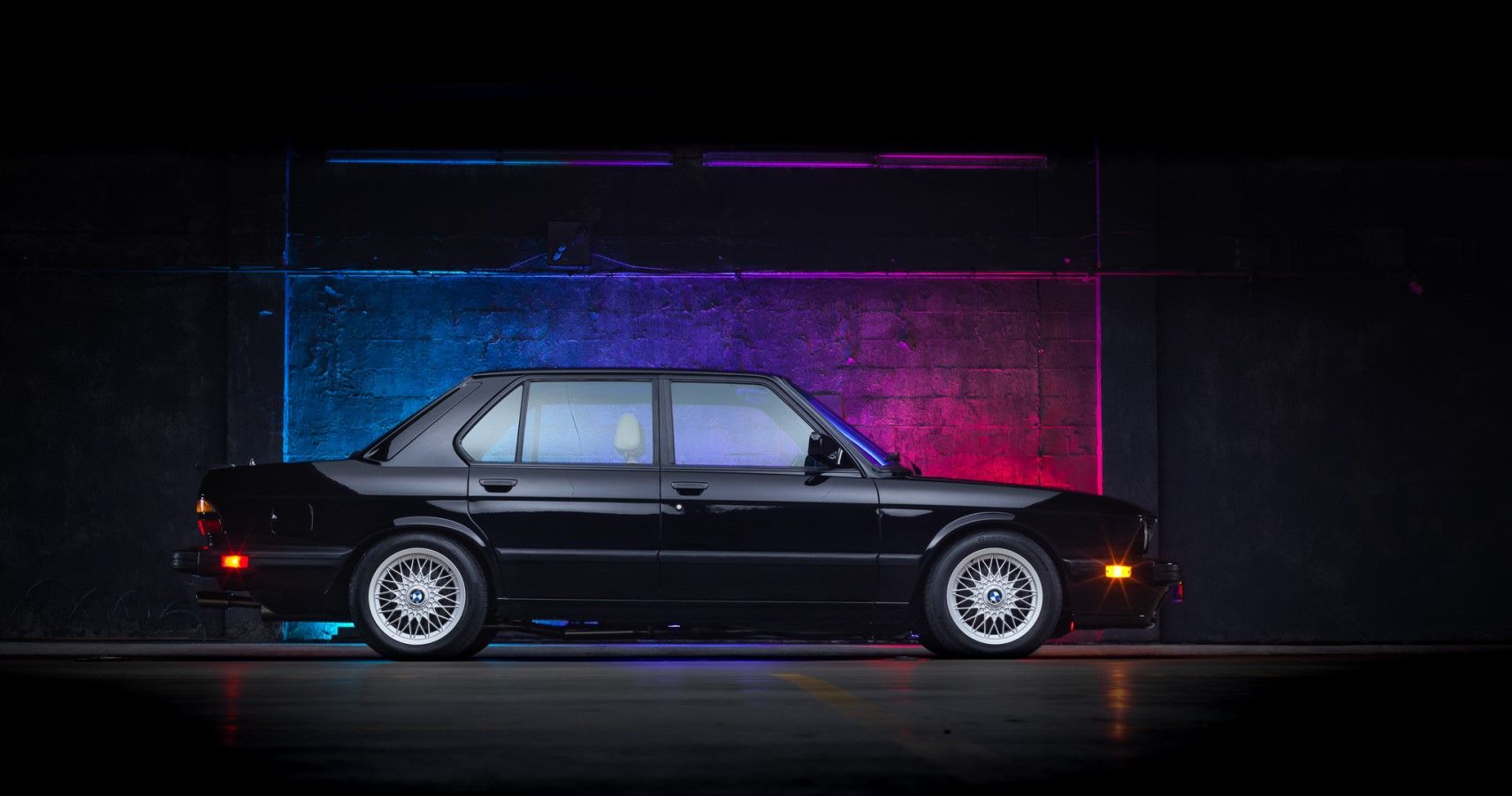The BMW M5 is still a much wanted and highly desired car in 2022. It was first introduced in 1984 as a high-performance and luxury BMW, and it certainly still fits those criteria. It was and still is, marketed under the BMW M sub-brand. Since its release in 1984, the BMW M5 has been viewed as a highly iconic sports sedan, with the majority of M5s coming in the body style of a sports sedan.
Based on the BMW E28 5 series, the BMW M5 was first showcased at the Amsterdam Motor Show in February 1985 after long manufacturing run from October 1984 until June 1988. It was introduced with much anticipation and excitement, and the all-new BMW M5 certainly did not disappoint.
Reason For 1980s BMW M5 Being Reliable
The BMW M5 was built in such a way that every single component worked perfectly together; it was perfectly matched to the outstanding chassis. Giving birth to a formidably trustworthy and reliable car, as well as being able to compete against the world’s greatest sports cars. The sheer intelligence and hard work that went into developing the original BMW M5 paid off.
The engineers at BMW managed to create an insanely well-built and rock-solid motor that was proven to spend little to no time in the repair shop. Every single element of the BMW M5 was handcrafted to perfection with the highest level of care.
The reason that the BMW M5 was one of the most reliable cars during the 1980s was because of those dedicated and ingenious workers that made sure that every BMW M5 that left the factory was pristine and finished to the highest standards.
The '80s BMW M5 Packed An Experienced Six-Cylinder
Of course, BMW's M technologies were added to the BMW M535i. At this point in the 1980s, the all-new BMW M535i was the most impressive 5 series ever created. The M535i was spectacular, especially for 1980s standards. For such a petite car, the original M535i had an almighty engine.
It had a 3.5-liter, six-cylinder engine that was able to output a decent 218 hp. 0-60 mph took the BMW M535i 7.2 seconds, and the speedometer topped out at a fairly impressive 142 mph. Although the BMW M535i was the best 5 series ever created by BMW, It was highly tuned and, overall, fairly spectacular. But BMW engineers failed to acknowledge the BMW M535i as a pure M sub-brand, despite M appearing in its name.
This is when engineers decided to create a pure bread M BMW. The first official BMW M5 made its debut in 1985 without any kind of exciting reveal. What was so unusual about the BMW M5 was that it was a high-performing, luxurious, and outstanding car, but you’d never know that by looking at it.
It was very subtle and discrete and looked just like any ordinary and typical mainstream BMW. The only added feature that allowed admirers to know it was a sub-branded M was the small "M5" emblem garnished on the front grille and tailgate. A healthy 68 hp was added to the original BMW M5 over the BMW M535i, and this was achieved by housing the BMW M5 with an M88/3 3.5-liter gasoline engine, which pumped out an increased 286 hp.
The 0-60 mph time was also sliced with the BMW M5s updates, achieving it in just 6.5 seconds. In addition to this, an extra 10 mph was also added to the BMW M535i, leaving its top speed at 152 mph. While the original BMW M5 was nice to look at, it wasn’t anything special. But under the hood it was. At the time of its release in 1985, the all-new BMW M5 was the world's fastest four-door sports sedan. Which just goes to show how spectacular the BMW M5 was.
All BMW M5s Were Handcrafted In The 1980s
Another fascinating piece of information surrounding the first ever real BMW M5 is the fact that every single M5 built in the 1980s was handcrafted and built by hand with hard graft and determination. Essentially, every M5 built in the 1980s was built by courageous and strong individuals with blood, sweat, and tears. Which gives the 1980s BMW M5’s that higher appeal and magnificence.
At the latter end of the 1980s, in 1988 to be precise, the second generation of the BMW M5 was released. Due to the success of the BMW M5 first generation and because of the sheer number of original BMW M5 that was sold, the second generation had a huge task of bettering the first generation.
Expectations were very high, and BMW didn’t disappoint. The new set-up delivered a much improved and highly impressive 340 hp and became the first-ever BMW to reach 0-60 mph under the 6-second mark. A pretty impressive achievement, to say the least.
1980s BMW M5s Have Stood The Test Of Time
With many 1980s BMW M5s still gracing our roads with little to no repairs required, it's easy to see that the BMW M5 was certainly one of, if not the most reliable automobiles available in the 1980s. It's safe to say that the original BMW M5 was way ahead of its time, with technologies found in the BMW M5 that can be found in current-day cars.
The handcrafted beasts that could be purchased by order only provided their euphoric owners with endless moments of fun and entertainment, whilst also being able to double up as a four-door family car. While the BMW M5 was an amazing car that should be bragged about, back in the 1980s it was frowned upon and somewhat disrespectful to boast about your car.
Nowadays, it’s a different story. If you’ve still got an original BMW M5, if you’re planning on purchasing one or have recently just purchased one, then gloat about it, show it off, and brag about it; that’s exactly what the BMW M5 deserves!
Source: BMW, Bring a Trailer

